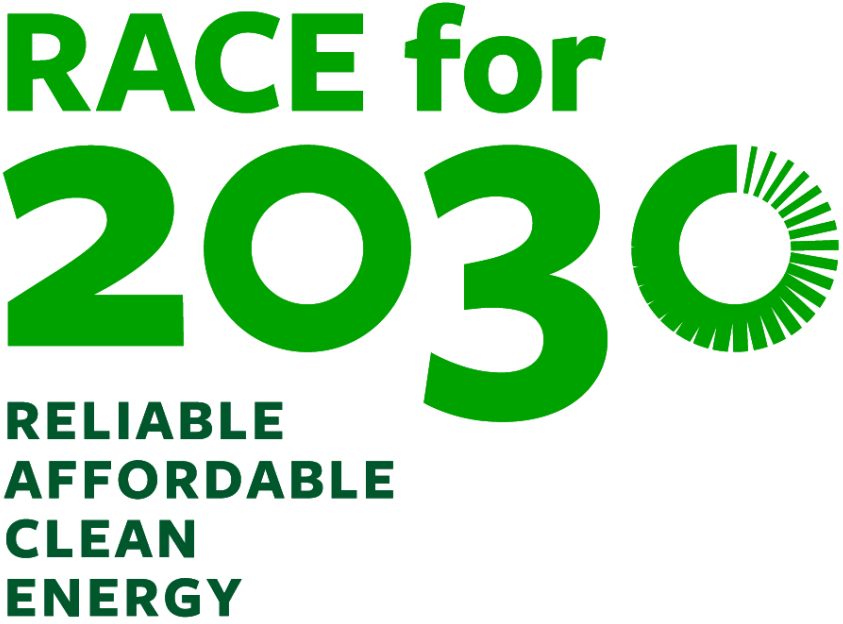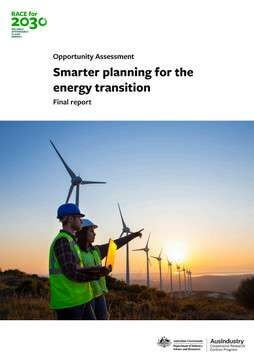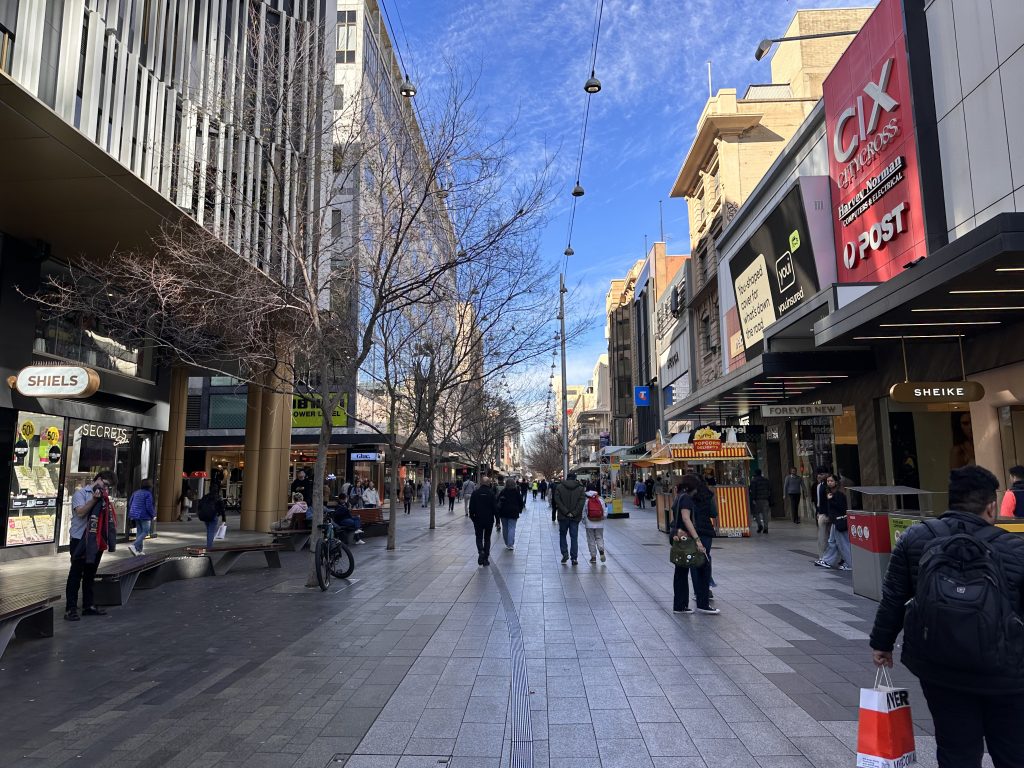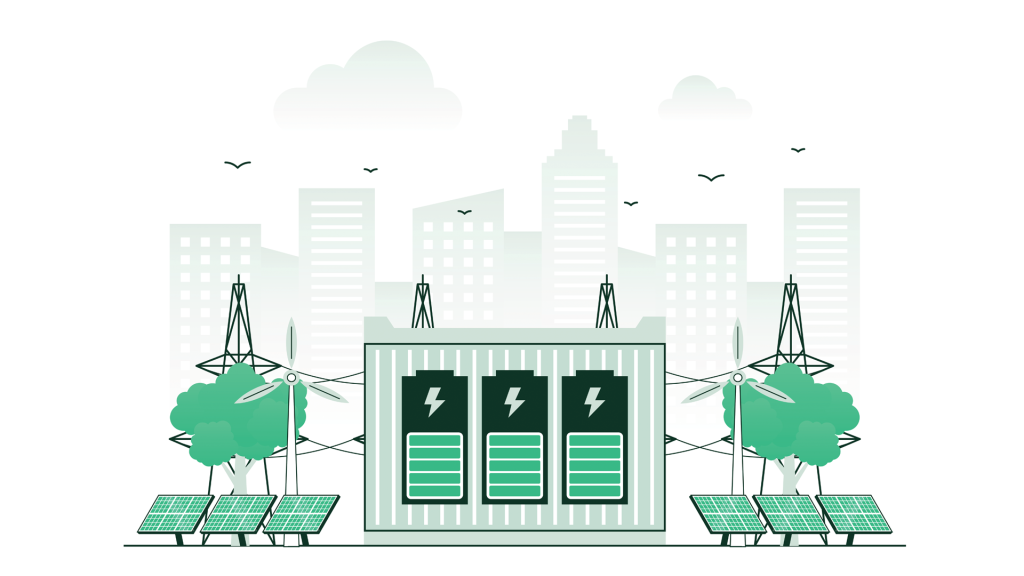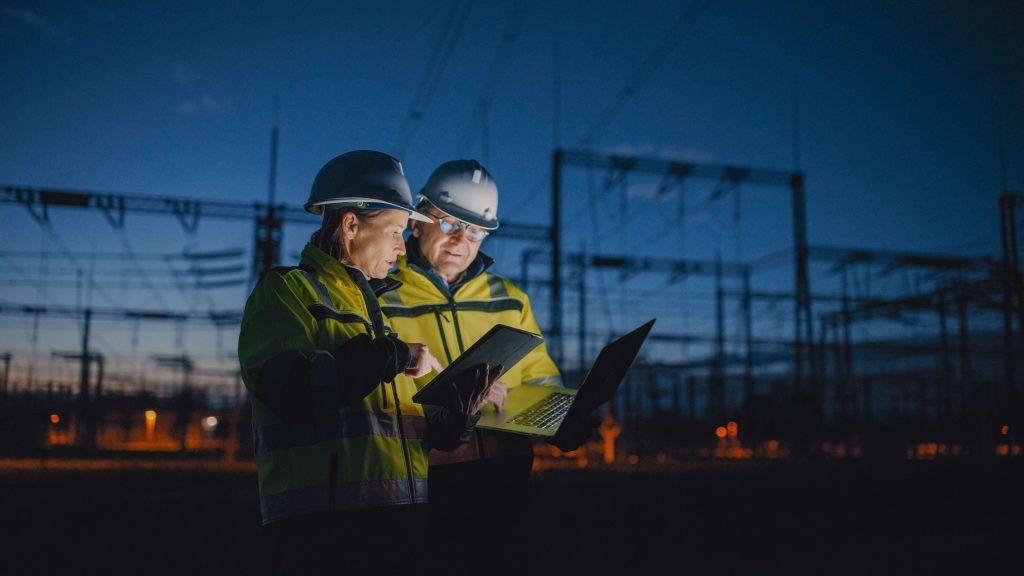Chief Investigators
Prof. Chris Riedy (UTS)
Purpose of project
Electricity and gas supply has traditionally required building large-scale long-lived assets that must be planned years in advance. This necessitates forecasting and planning of future demand, which depends on many unpredictable variables including: net migration and economic growth, weather patterns, appliance adoption rates, pricing, policy and behaviour change, even extreme and/or unexpected events such as a pandemic. Demand forecasting has long been a difficult and complex task, but recent and emerging changes in markets and technology uptake have made forecasting and planning even more challenging. This research theme aims to take a holistic view of these challenges and potential research strategies and resources to help planners and policy makers to better understand and meet customers’ needs at lower cost.
Traditionally, the demand for energy has tended to be seen by energy policy makers and planners as outside of their control, and the focus of planning has been on ensuring that there is sufficient supply capacity to meet forecast demand.
This tendency can still be seen in high profile planning documents such as AEMO’s Integrated System Plan, which aims to provide a least cost approach to developing and expanding the national transmission system, “including all fuel, generation, transmission, storage and network service elements”. However, this plan does not, yet, incorporate all relevant planning options, such as the cost and scope for complementary investment in energy efficiency, load management and other demand side energy resources to reduce overall consumer energy bills.
However, the need for change is being recognized. Many electricity network businesses in Australia and overseas are actively seeking to create a better balance between supply side and demand side resources, by facilitating and investing in demand management, where the cost of adopting demand side resources is less than the cost of new energy supply infrastructure. The scope of this activity has been limited in part due to perceived limitations in tapping into the value of wider benefits that could deliver overall lower costs and bills to customers.
Impact of project
RACE for 2030 is a large-scale research collaboration with total committed resources of almost $150 million cash and about $200 million in-kind over ten years. RACE for 2030 is targeting cumulative gross economic benefits of at least $3.9 billion by 2030. This implies a gross benefit to research cost ratio of greater than 11:1 on a total research investment basis, and 26:1 on a research cash basis. These ratios give an indication of the scale of impact that is being sought.
More accurate, flexible and relevant electricity sector foresighting and planning processes can improve future investment decisions, allow better market operation, decrease costs and increase reliability.
This is particularly relevant for optimising large-scale supply infrastructure decisions by utilities and governments around, for example, gas peaking generators, large-scale batteries, pumped hydro and interstate transmission.
As is the case for trust building aspects in Research Theme E1, the impact of improved foresighting and planning processes is difficult to estimate, but its absence is likely to provide significant cost for customers. To illustrate the potential impact, total electricity costs in Australia amount to more than $40B/year. Savings of 1% of this would be worth at least $400M/year by 2030.
Recognising and measuring these benefits will also be an important outcome of E2.
Project partners – industry and research
UTS (Lead), AGL, Ausgrid, Climate-KIC, Curtin University, DEECA, DPE, EEC, ENA, Monash University, Opturion, Starling Energy Group, Sydney Water, UNSW
Industry Reference Group members
AEMO, AGL, Ausgrid, City of Sydney, Climate-KIC, CSIRO, DEECA (VIC), DPIE (NSW), EEC, Opturion, Starling Energy, Sydney Water
Published Report
Status
- Completed
Opportunity Assessment
- Completed
Project Leaders
- Chris Riedy, UTS
Completion Date
December 2022
Project Code
0189
